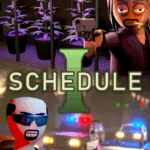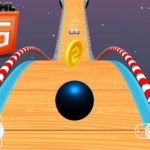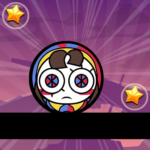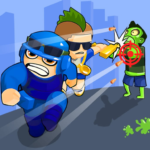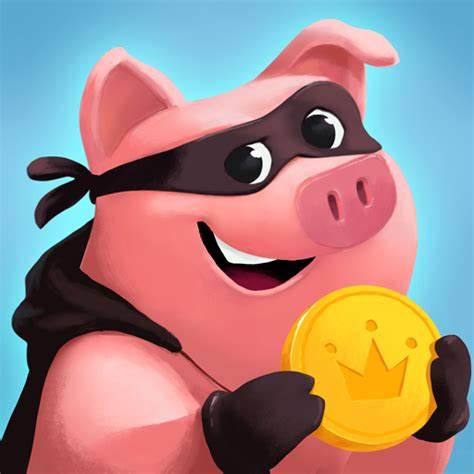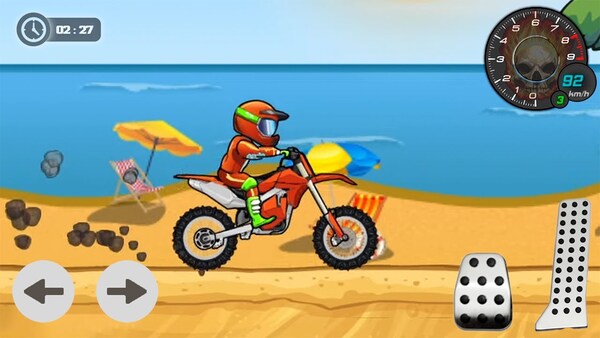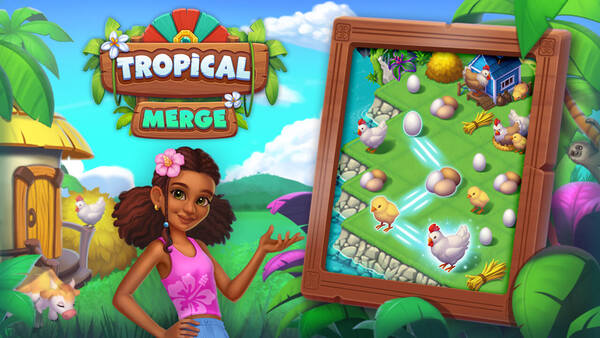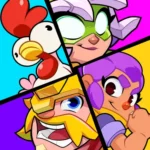Originally released in 1991 for the Sega Genesis, Sonic the Hedgehog Classic introduced the world to a new kind of platforming hero — one defined not by jumps and power-ups alone, but by pure, unrelenting speed. Developed by Sonic Team and published by Sega, this iconic title was Sega's answer to Nintendo’s Mario. With its dazzling 16-bit graphics, catchy chiptune soundtrack, and innovative level design, Sonic quickly raced into the hearts of gamers everywhere. Over three decades later, the classic version of Sonic remains widely played thanks to mobile ports and re-releases, maintaining its legacy as one of the greatest platformers in history.
1. The Story Behind the Speed
Sonic the Hedgehog Classic tells a simple but effective story. The evil Dr. Robotnik (also known as Dr. Eggman) is turning animals into robots and seeking control over the powerful Chaos Emeralds. It's up to Sonic, a blue hedgehog with supersonic speed, to stop him and restore peace to the world.
Though minimal in dialogue, the game’s storytelling unfolds through level design and visual cues, allowing players to grasp the stakes and enjoy the action without any interruptions.
2. Gameplay Mechanics and Controls
The defining feature of Sonic the Hedgehog is speed. Unlike other platformers of its time, Sonic’s movement relies on momentum-based physics — meaning players must manage acceleration, loops, and jumps with precision.
The game includes six main zones (plus the Final Zone), each divided into three acts. Players run, jump, roll, and collect golden rings which serve as a shield against damage. If Sonic takes a hit without any rings, he loses a life.
Controls are tight and responsive:
-
D-pad / Arrow keys for movement
-
Jump button for jumping and attacking by rolling into enemies
This simplicity in control contrasts nicely with the complexity of Sonic’s level design and speed-based platforming.
3. Level Design and Zone Variety
Each zone in Sonic the Hedgehog Classic features distinct visuals, mechanics, and musical themes. From lush greenery to industrial factories, the game keeps things fresh from beginning to end.
Notable zones include:
-
Green Hill Zone – The iconic starting stage with loops and palm trees
-
Marble Zone – Fire hazards and heavy platforming
-
Spring Yard Zone – Vertical layouts and bounce pads
-
Labyrinth Zone – Underwater exploration and slower pacing
-
Starlight Zone – High-speed wind tunnels and seesaws
-
Scrap Brain Zone – The final challenge, filled with traps and tight spaces
The level design rewards both careful exploration and fast reaction time, allowing different playstyles to thrive.
4. Graphics and Art Style
At the time of its release, Sonic stood out for its vibrant colors, smooth animations, and fast-scrolling levels. The game pushed the limits of the Sega Genesis hardware, delivering a sense of speed that was unmatched in 1991.
Even today, the pixel art in Sonic the Hedgehog Classic holds up well. Characters and backgrounds are clean, readable, and bursting with personality — especially Sonic’s cocky idle animations and Robotnik’s over-the-top boss entrances.
5. Soundtrack and Audio
Sonic’s music is one of its most iconic elements. Composed by Masato Nakamura, the soundtrack blends catchy melodies with zone-specific moods. Green Hill Zone’s theme is legendary, and tracks like Labyrinth Zone and Scrap Brain Zone add emotional and atmospheric variety.
Sound effects also play a big role — from the ding of collecting rings to the sound of losing them all after a hit. These cues help create a rhythm to the gameplay, matching perfectly with the game’s fast tempo.
6. Boss Fights and Difficulty Curve
At the end of each zone, players face Dr. Robotnik in a new mechanical invention. While early bosses are relatively easy, the difficulty ramps up quickly. Later bosses introduce more complex attack patterns and smaller platforms, requiring good timing and movement control.
The game’s difficulty is fair but unforgiving — there are no save points between levels (unless you’re playing a modern port), and lives can be lost quickly without careful play. However, extra lives and continues can be earned through score milestones and bonus stages.
7. Mobile and Modern Versions
Today, Sonic the Hedgehog Classic is available on mobile platforms as a free-to-play app (with optional ads or premium upgrade), remastered by Christian Whitehead. This version includes:
-
Widescreen support
-
60 FPS performance
-
Save slots and replayability
-
Playable Tails and Knuckles (not in the original release)
These additions modernize the game without sacrificing its core identity, making it accessible for both nostalgic fans and new players.
8. Replayability and Secrets
Though the main campaign can be completed in a few hours, Sonic encourages replayability through:
-
Hidden paths and alternate routes in each level
-
Special Stages to collect Chaos Emeralds
-
Unlockable characters in modern ports
Speedrunners and completionists will find a lot to love here, from chasing faster clear times to collecting all emeralds for the good ending.
9. Cultural Impact and Legacy
Sonic became Sega’s mascot and one of the most recognizable video game characters of all time. The success of this first title launched a long-running franchise, inspiring sequels, merchandise, animated series, and even Hollywood films.
Even decades later, Sonic the Hedgehog Classic remains a benchmark for 2D platformers, and its influence can still be seen in indie games and modern retro-inspired titles.
10. Final Verdict
Sonic the Hedgehog Classic is not just a nostalgic relic — it’s a tight, thrilling, and stylish platformer that stands the test of time. Its unique blend of speed, level design, and attitude set it apart in a crowded genre, and its modern re-releases have ensured it’s still fun to play today. Whether you’re reliving childhood memories or discovering Sonic for the first time, this classic is well worth a run.






